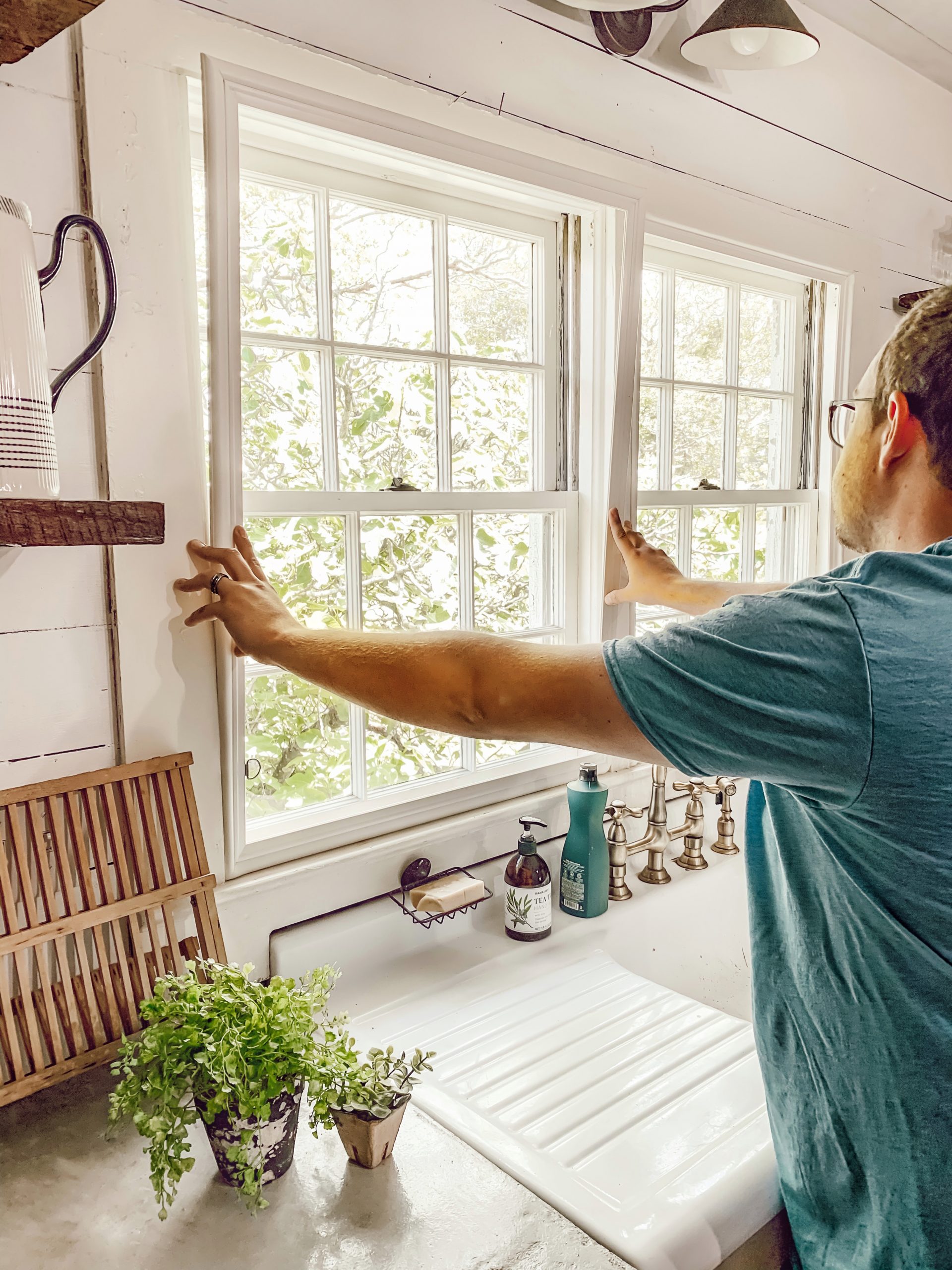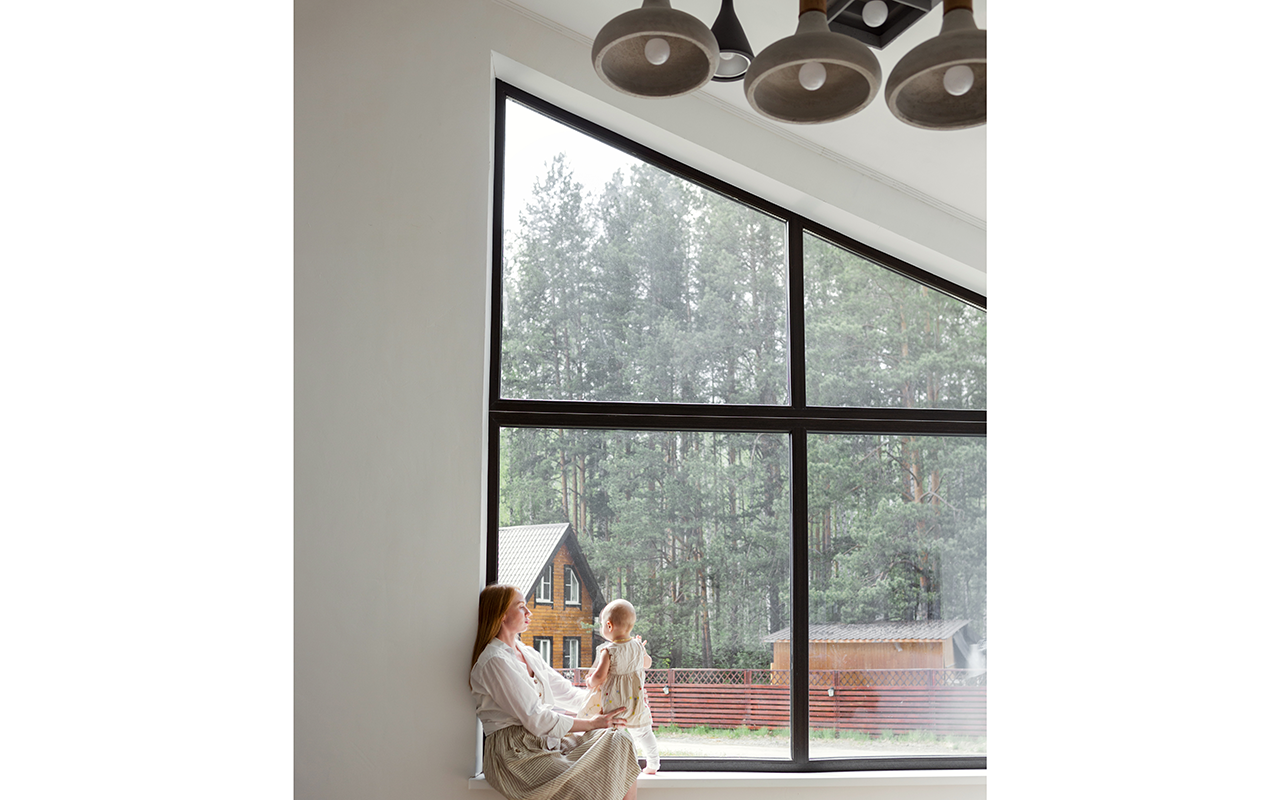 It’s hot in many parts of the country.
It’s hot in many parts of the country.
Real hot.
And extreme heat can be brutal, especially if your body has gotten use to refrigerated air. And let’s face it: many of our bodies have. Air conditioning is now just so common. In a few short decades, we’ve created a society that relies on it (raise your hand if you’ve ever had to put a sweater on inside in July!) because for a long time, we’ve been building our homes and commercial spaces without considering things people used to consider when they built: a structure’s orientation to the sun and winds, the number and position of windows, deep eaves, porches for cooling off, nearby trees that could provide shade. Instead, we built quickly and inexpensively and now, well, many of us are stuck with buildings that give us trouble when it’s hot.
Hot weather is here to stay
The heat dome currently broiling a wide swath of the nation is straining air conditioners and running up electrical bills. If you don’t happen to have air conditioning, we have some ideas to help you cool off. If you do have air conditioning, we have some ideas that will ease the load on the grid and help you save money.
Keep these ideas on file, because the hot weather isn’t going anywhere. Last year was the hottest on record and broke the last record by the largest margin ever: the global land and ocean surface temperature in 2015 was 1.62 F above the 20th century average, according to the National Oceanic and Atmospheric Administration.
As the planet warms and some areas experience intense heat waves, how people cool their homes will have a tremendous impact on energy use and CO2 emissions that contribute to climate change.
In his groundbreaking book, Losing Our Cool: Uncomfortable Truths About Our Air-Conditioned World (and finding new ways to get through the summer), Stan Cox explains that energy consumed by home air conditioning in the U.S. doubled between 1993 and 2005. It jumped another 20 percent by 2010. Using air conditioning to cool our buildings and vehicles creates an estimated half a billion metric tons of CO2 per year.
“As the planet gets warmer, air conditioning is going to surpass heating as a force of greenhouse gas emissions,” Cox told Indow in an interview. “You don’t have to have that level of cooling to be comfortable, but if we relax what we’re aiming for . . . it opens up other possibilities.”
Ideas to beat the heat
Below are a number of strategies that will keep a person’s air conditioner from working too hard and that will save money. Some of these solutions will help people cool off immediately – even if they don’t have an air conditioner – while others are more involved. The U.S. Department of Energy has done a lot of research on cooling strategies. Here are some ways to cool your home.
1.Close and shade windows during the day to keep out the heat and non-visible infrared radiation.
2. In climates where the evening cools down, try for a “chimney effect” which relies on convection: open windows on the first floor or basement and windows at the top of the house on a second story. As the cool air moves through the room, it absorbs heat from the air and exits through upstairs windows.
3. Take advantage of double-hung windows once the day starts to cool: open the sashes at the top and bottom so hot stale air can escape the top while the opening at the bottom draws in cool air.
4. Place a bowl of ice cubes in front of a fan to cool down.
5. Sleep in the basement if there is one.
6. Don’t turn on stoves or ovens – grill outside instead or prepare food that doesn’t need to be cooked.
7. Use our window inserts to air seal your home and keep the cool air conditioning inside. They work beautifully to regulate temperatures and cut down your energy bills.
8. Use an attic or whole house fan at night to draw cool air in through open windows.
9. Air seal and insulate the ceiling from the attic.
10, Plant deciduous shade trees on the west and east sides of the house.
11. Paint your roof white.






This concept interests me. Would the Indow inserts be suitable to install on a track to enclose a screen porch? I like the breeze when its available, but would appreciate the winter comfort with a slider..just thinking..
Hi Ella! Unfortunately, we make them only for windows. But that would be nice! Let us know if you have any other questions. . .